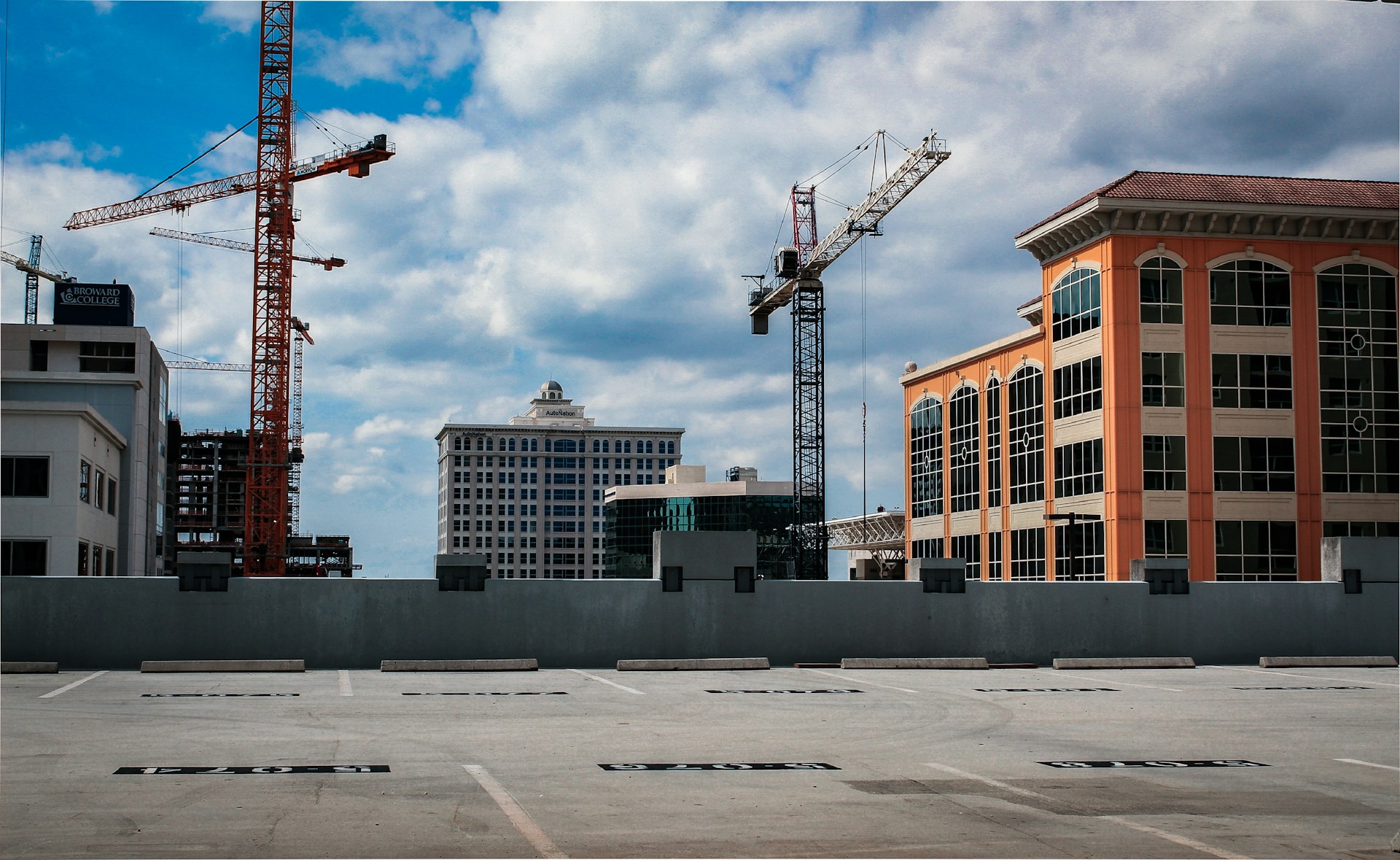

Question: What is Green Gentrification?
Answer: Green gentrification refers to the process where environmental improvements, such as parks or green spaces, lead to increased property values and potentially displace lower-income residents, despite the positive environmental benefits.
Understanding Green Gentrification
Environmental initiatives in urban areas are crucial for combating climate change and improving quality of life. However, a growing concern is the unintended consequence of these initiatives: green gentrification. This phenomenon occurs when environmental improvements in a neighbourhood trigger a rise in property values and attract wealthier residents, potentially displacing long-term lower-income residents. This article explores the concept of green gentrification, examining its causes, consequences, and potential solutions.
A Greener Neighbourhood, But at What Cost? Understanding Green Gentrification
Green gentrification unfolds when environmental improvements in a neighbourhood lead to its gentrification. These improvements can take various forms, such as:
-
The creation of new parks, green spaces, or community gardens.
-
Investments in clean energy infrastructure or sustainable building practices.
-
Initiatives to reduce pollution or improve air and water quality.
While these initiatives aim to create a more sustainable and livable environment, they can also have unintended consequences. The increased desirability of a neighbourhood due to its environmental features can attract wealthier residents willing to pay higher rents or property values. This influx of wealthier residents can drive up housing costs, potentially forcing out long-term lower-income residents who can no longer afford to live there.
Green gentrification raises concerns about environmental justice, questioning whether environmental improvements come at the expense of social equity.
Click here for more information on the value of your property
Please visit this page to learn more about what the meaning of gentrification is
Related Article: What Does Gentrification Look Like?
Related Article: What is Gentrification and What are Some of Its Advantages and Disadvantages?
The Seeds of Displacement: Factors Contributing to Green Gentrification
Several factors can contribute to green gentrification:
-
Limited Affordable Housing:
A lack of affordable housing options in a city can exacerbate the displacement caused by rising housing costs in gentrifying neighbourhoods. With limited alternatives, residents are forced to relocate further away. -
Investment Priorities:
Investments in green infrastructure might not be accompanied by investments in affordable housing initiatives. This can prioritize environmental improvements over the needs of existing residents. -
Marketing and Image:
Neighbourhoods undergoing green initiatives might be marketed as desirable and trendy, attracting wealthier residents seeking a sustainable lifestyle. This marketing can further increase property values and accelerate gentrification.
It’s important to consider these factors when planning and implementing environmental initiatives to ensure they benefit all residents, not just those who can afford to live in an eco-friendly neighbourhood.
The Broader Impact of Green Gentrification
While displacement is a major concern, green gentrification can also have other social and cultural consequences:
-
Loss of Community Character:
The displacement of long-term residents can disrupt the social fabric of a neighbourhood and erase its unique cultural identity. -
Strained Local Businesses:
Rising rents and property taxes can force out small, local businesses that cater to the needs of existing residents. These businesses might be replaced by establishments catering to wealthier clientele. -
Environmental Inequity:
Green gentrification can perpetuate environmental injustice. Wealthier residents might have a larger environmental footprint, potentially negating the environmental benefits of the green initiatives.
Green gentrification highlights the complex relationship between environmental goals and social equity. Finding solutions requires a holistic approach that considers the needs of all residents.
A Sustainable Future for All: Mitigating Green Gentrification
There are steps that can be taken to mitigate the negative impacts of green gentrification:
-
Prioritize Affordable Housing:
Investing in affordable housing programs and implementing rent control measures can help existing residents stay in their neighbourhoods during periods of gentrification. -
Community Engagement:
Involving residents in the planning process for green initiatives can ensure that these initiatives address their needs and concerns. This can help create a sense of ownership and reduce displacement. -
Mixed-Income Development:
Encouraging mixed-income developments in gentrifying neighbourhoods can ensure a diversity of residents and prevent the complete exclusion of lower-income residents. -
Support Local Businesses:
Programs that support small, local businesses during gentrification can help them stay afloat and cater to the needs of the entire community.
By implementing these strategies, we can strive for a future where environmental initiatives benefit all residents, not just the privileged few.
Click for more information about Jennifer Jewell
Conclusion: Striving for a Just and Sustainable Future
Green gentrification highlights the complexities of achieving environmental sustainability in urban areas. While environmental improvements are crucial, they must be implemented with a focus on social equity to avoid displacing vulnerable residents. By prioritizing affordable housing, fostering community engagement, and supporting local businesses, we can create a more sustainable future that benefits all residents.


